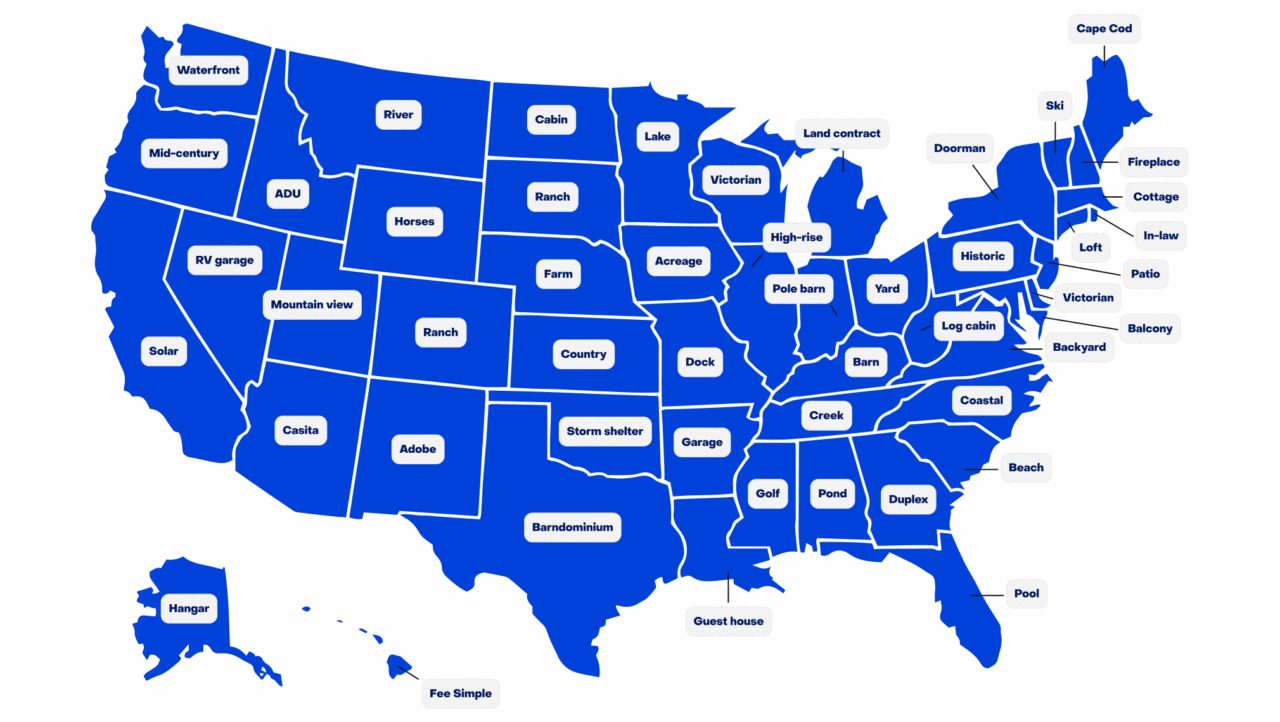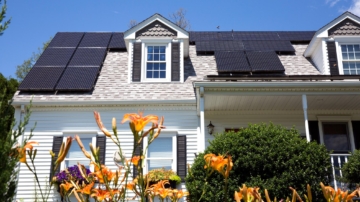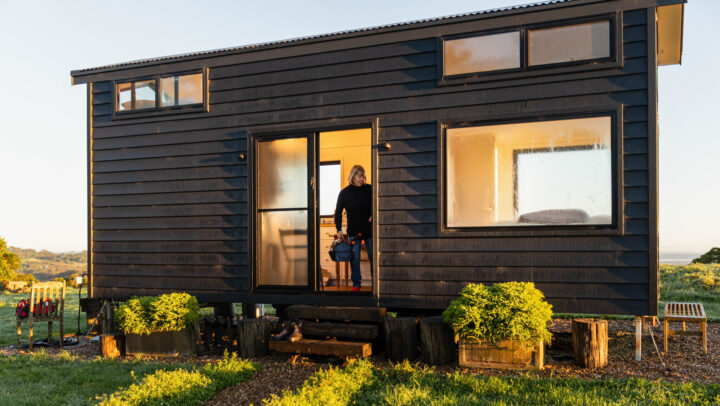Resources for every stage of your journey home
Skip to the end of the carousel

2 min read
Zillow Zeitgeist: 2025’s Top-Searched Home Features
This year, Americans saw home as not just a place to live, but as a place that unlocks how to live.
Read article
6 min read
Spotted on Zillow: Six Home Trends To Follow in 2026
Spaces to unplug and resilient features are poised to be popular next year.
Read article
4 min read
Housing Market Predictions for 2026: What's Next for Buyers and Sellers
A more balanced market is predicted for 2026, bringing improved affordability for buyers and greater price stability for sellers.
Read article
13 min read
The Most Popular Zillow Listing in Every State
The homes that captured your hearts in 2025.
Read article
Buying
Financing
Download the Zillow App
Don’t miss out on the right home for you — browse up-to-date listings, refine your search and more.
Download the free app
Renting



















